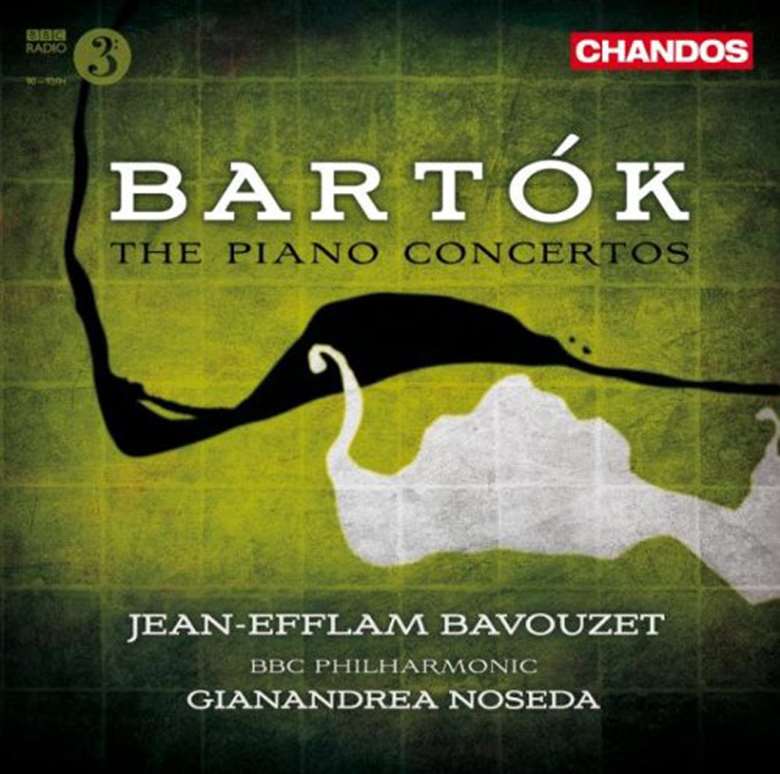Bartók’s piano concertos – the pianist’s sternest test
Geoffrey Norris
Tuesday, February 9, 2016
Tackling Bartók’s three piano concertos is tantamount to conquering Mount Everest – but is the view from the summit worth the climb, asks Geoffrey Norris

Register now to continue reading
Thanks for exploring the Gramophone website. Sign up for a free account today to enjoy the following benefits:
- Free access to 3 subscriber-only articles per month
- Unlimited access to our news, podcasts and awards pages
- Free weekly email newsletter







